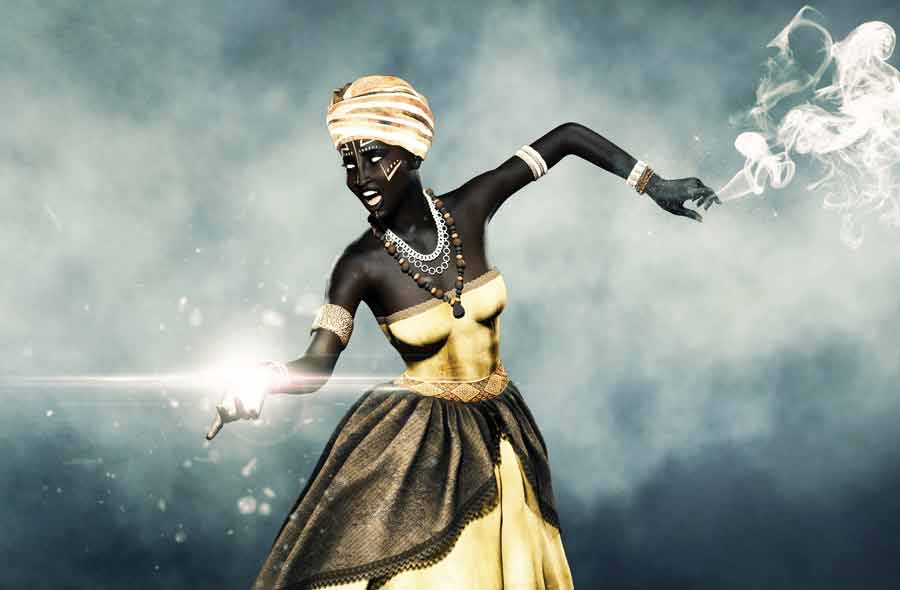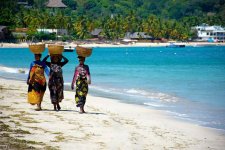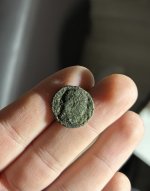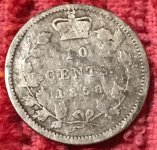- Feb 2, 2013
- 1,453
- 2,037
- Detector(s) used
- Many
- Primary Interest:
- All Treasure Hunting
Madagascar Cave Art Reveals Captivating Africa-Asia Connections:
Unique, prehistoric rock art drawings have been discovered in the Andriamamelo Cave in western Madagascar.
I was part of a team that discovered and described these ancient treasures. They’re the first truly pictorial art, depicting images of nature with human-like and animal-like figures, to be seen on the island. Until recently, rock art in Madagascar had only yielded a few sites with basic symbols.
The dramatic discoveries contained several surprises, including hints at some remarkable cultural connections.
First, scenes depicted in some cases linked up fairly directly to Egyptian religious motifs from the Ptolemaic period (300-30 BCE).
Second, other inferences from symbols and writing on the walls showed connections to the Ethiopian and Afro-Arab worlds.
Unique Painting of Extinct Giant Sloth Discovered in Madagascar Cave
Ancient Cave Art at Mfangano Island Kenya, Revered For Generations
Finally, prevalent symbology and motifs evoked a two-millennia-old cave art style from Borneo.
An additional realm of surprises: at least three extinct animals of Madagascar (thought to have been extinct for many centuries) may be depicted – a giant sloth lemur, elephant birds and a giant tortoise.
It has long been believed – and evidence has confirmed – that the people, language, and culture of Madagascar are rooted in distant ancient connections to Borneo, an island in south-east Asia, combined with strong influences from continental eastern Africa.
However, who the first Malagasy were, when they arrived, and what they did after that, are all hotly debated topics.
Though our findings are speculative, any information that might be derived from the Andriamamelo Cave evidence is of considerable interest to the reconstruction of Malagasy early history.
provided)
Connections Beyond Madagascar
Our research group – including Malagasy scientists from local institutions, and American, British and Australian specialists – visited the site near the village of Anahidrano on the north-west edge of the 17,100-hectare Beanka protected area in 2013.
Our team spent several days recording the images, surveying and mapping the entire cave, searching for associated archaeological sites, and interviewing local villagers regarding the art. It took several years, however, to search through relevant literature and museum archives to confirm the uniqueness and significance of what we’d found.
We made digital copies and hand-drawings of 72 cave-art objects. These were drawn in black pigment and included 16 animals, six human forms, two human-animal hybrid forms, two geometric designs, 16 examples of an M-shaped symbol, and many other patterns and indistinct forms.
Pictures and Video: https://www.ancient-origins.net/news-history-archaeology/madagascar-cave-art-0020048








